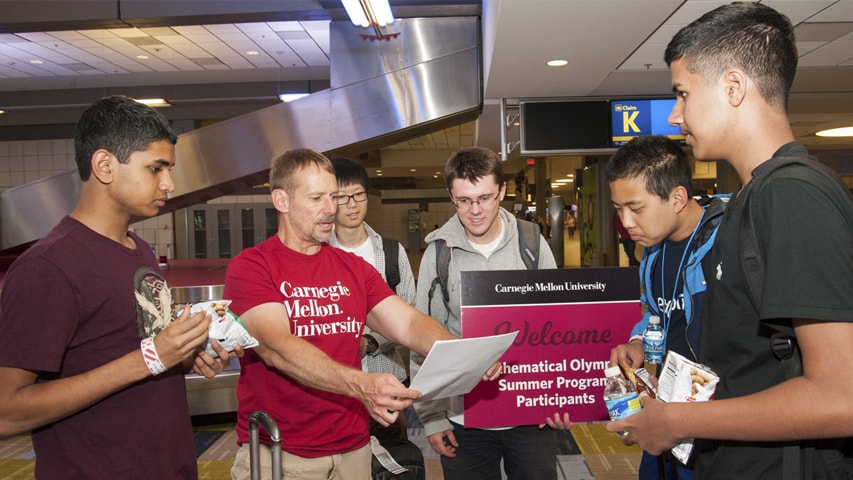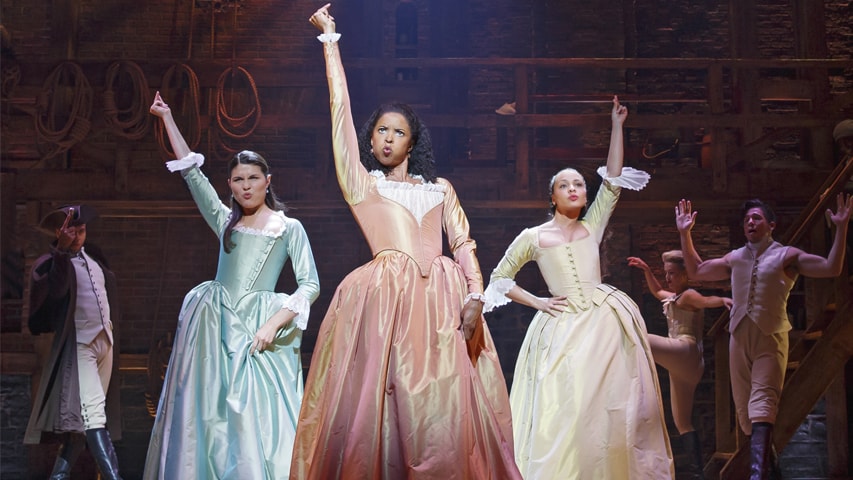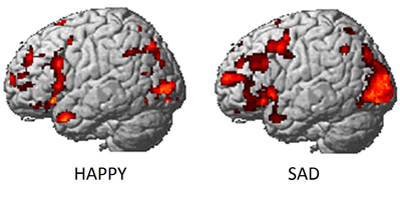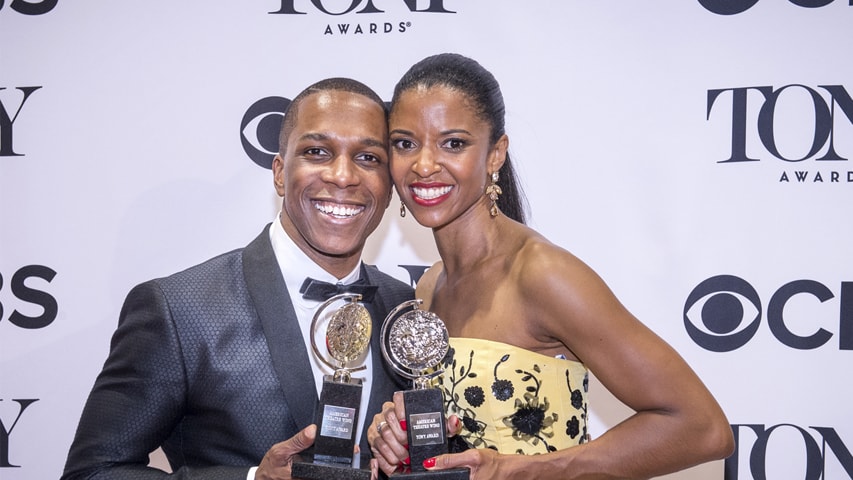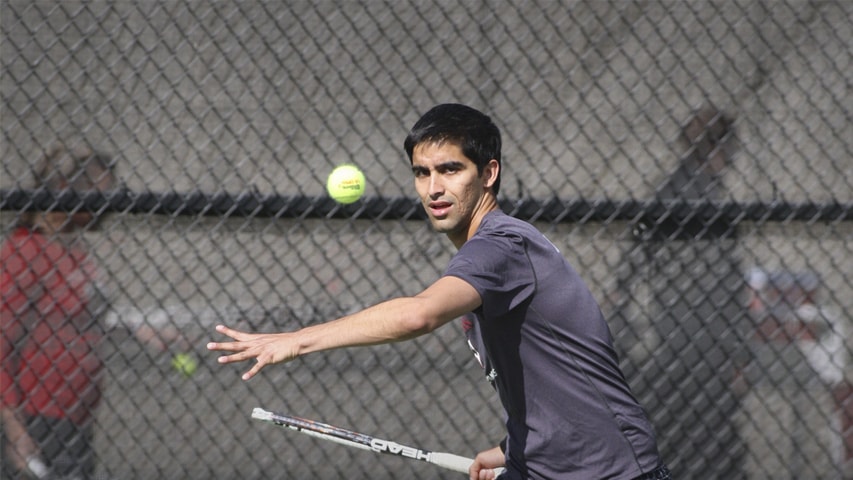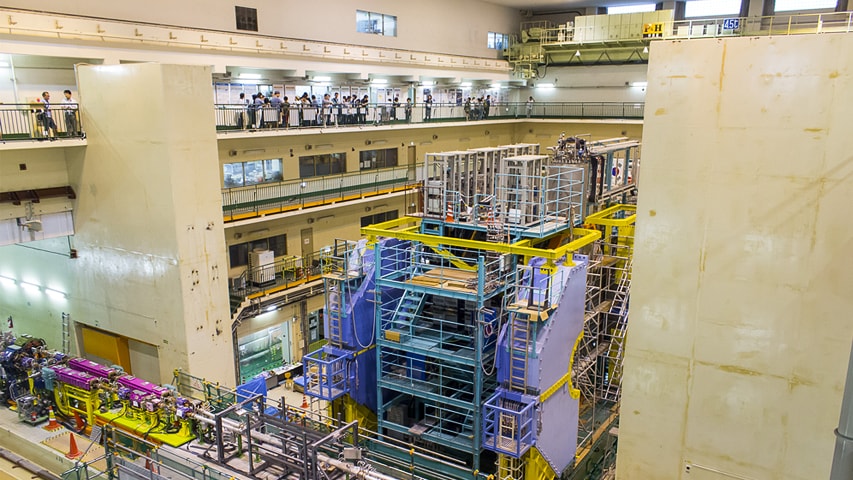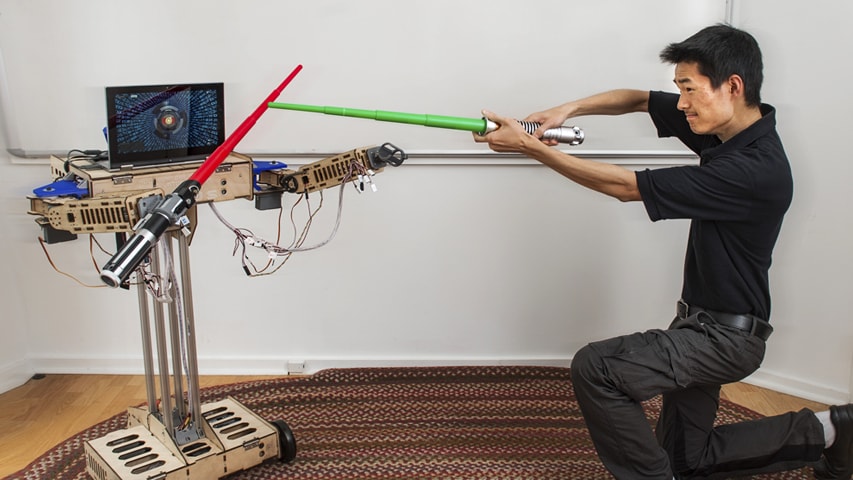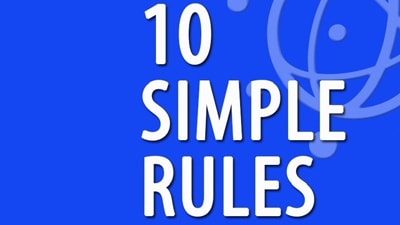Bruce Gerson / bgerson@cmu.edu / 412-268-1613
The storied, elegant and luring Oakmont Country Club, the site of this year's U.S. Open, is one of golf's greatest treasures. No one knows that better than Carnegie Mellon University History Professor Steve Schlossman.
Schlossman is a renowned golf historian and scholar of the Oakmont, Pa., course, which has hosted one of golf's most prestigious championships, the U. S. Open, more times than any other golf club. The only course in the United States to have hosted more major professional golf championships than Oakmont is the Augusta National Golf Club in Augusta, Ga., site of the annual Masters.
This year's U.S. Open will be the ninth at Oakmont since 1927. Its champions include the greatest names in the game, including Ben Hogan, Tommy Armour, Jack Nicklaus, Johnny Miller and Ernie Els. The legendary Gene Sarazen won the 1922 PGA Championship, Bobby Jones claimed victory in the 1925 U.S. Amateur and Sam Snead took the 1951 PGA Championship, all at Oakmont.
Schlossman's work is perhaps best known by the 2010 book he co-authored with his former student Adam Lazarus. "Chasing Greatness: Johnny Miller, Arnold Palmer and the Miracle at Oakmont" is an in-depth look at Miller's 1973 U.S. Open comeback victory and his spectacular, record-setting, final-round score of 63, 8-under par. Miller, six strokes back at the start of the final 18, won by one stroke.
"When I decided to write a book about Oakmont, I assumed I wanted to write about 1962, but the more I looked into it, it was a two-man battle between [Arnold] Palmer and Nicklaus and that didn't give me many dramatic possibilities," Schlossman said at a recent panel discussion at Oakmont.
"Then I looked at 1973. Of course, Johnny Miller shot the 63 to win and at that time it was said 10,000 times that it was the greatest round in history. But what fascinated me more was the ensemble cast. The tremendous number of people who were in this championship to the very end," said Schlossman, who teaches golf history at CMU, the only college-level course of its kind in the U.S., according to the United States Golf Association.
That 1973 drama included Palmer, the hometown favorite, Nicklaus, Gary Player, Tom Weiskopf, Julius Boros, Gene Littler, Bob Charles and John Schlee, an "interloper" who came within 3 inches of tying Miller on the final hole.
The Front Nine
Schlossman got interested in the game of golf as a pre-teen in New York during Palmer's ascent as a pro. He got hooked on the history of the game in the early '60s by watching the television show "Shell's Wonderful World of Golf" with host Gene Sarazen, which aired from courses all over the world.
"A match on the show featured Sarazen playing Henry Cotton at the Old Course at St. Andrews [in the U.K.]. There was the game that was played in the 1920s and '30s by people in the '60s. Gradually, the history of golf and the living memories of the game through people like Sarazen got my attention," Schlossman said.
Schlossman, who became a championship golfer in high school and college, attended his first championship event at the Westchester Country Club, north of New York City.
"My goal was to get close to Palmer and Nicklaus, but I also got close to Sam Snead who was in his 50s. I never in my life - I was 15 - saw someone hit the ball so far," he recalled.
Schlossman moved to Pittsburgh in the late 1980s and attended the 1994 U.S. Open at Oakmont.
"I was enthralled by Oakmont," he said. "I thought it was even tougher than Bethpage Black — a public course and site of the 2002 and 2009 U. S. Opens — the course I grew up around in New York."
When he became head of CMU's History Department, Oakmont sought his advice for a 100th anniversary book it was planning. He had the opportunity to meet many members and people associated with the club, and "began to live the history of Oakmont."
And the Rest ... Is History
![Scholssman chipping]() Bob Ford, the longtime pro at Oakmont whom Schlossman credits for allowing him to learn about the course firsthand, is impressed with Schlossman's knowledge of the game and Oakmont.
Bob Ford, the longtime pro at Oakmont whom Schlossman credits for allowing him to learn about the course firsthand, is impressed with Schlossman's knowledge of the game and Oakmont.
"Steve is a walking encyclopedia of golf and particularly Oakmont golf. It's fascinating how much research he's done and the work that he's done to capture the history of Oakmont like nobody else, quite frankly.
"We've talked a lot and I probably led him down some of the right paths, but he did a marvelous job with that book," Ford said of "Chasing Greatness."
Gerry Dulac, an award-winning golf writer for the Pittsburgh Post-Gazette, said Schlossman is a go-to person for golf history.
"His knowledge, whether from being a fan or through his research, is not only detailed, but it's accurate. Steve either refutes theories or myths, or he further explains something that has been proven as fact and helps explain it better," Dulac said.
One such myth is that a sprinkler malfunction and rain storm the night before the U.S. Open final round in 1973, slowed the greens significantly allowing Miller to shoot his amazing 63.
"The sprinkler issue happened early Friday morning, not Saturday night. The greens were softer Friday, but they quickly returned closer to Oakmont fast. And the thunderstorm happened Sunday night [after the tournament concluded]," Schlossman explained.
"Steve knows more about golf than anyone I've ever met. His knowledge of the technical side — the swing, the types of shots, the nuances of courses — is exceptional and matched only by his appreciation and understanding of the game's history, from the PGA Tour to the women's tour to the amateur game," said Lazarus, co-author of "Chasing Greatness."
Lazarus, who earned his master's degree in English at CMU in 2006, credits Schlossman for having an enormous influence on his literary career.
"I learned how to do this kind of stuff from Steve," said Lazarus, author of "Super Bowl Monday," "Hail to the Redskins" and "Best of Rivals." "He taught me how to do full-scale, in-depth, book-length type of research - the tricks of the trade that I use today."
Tee Time
As the 9th U.S. Open at Oakmont (June 13-19) nears, Schlossman recently has visited the course a number of times and has been an invited speaker at various Open-related events.
His golf history class of 28 students walked the 15th, 16th, 17th and 18th holes with club pro Devin Gee this spring, allowing the students to get a firsthand, up-close look at the "velvety fairways," the white manicured bunkers and the large, lightning-quick "compulsively undulating" greens that help to make Oakmont special.
When play begins, Schlossman, a member of the United States Golf Association (USGA) Museum Committee, will be there documenting the activities and lending his expertise in the Media Tent as a member of the USGA research team to assist on-site journalists.
After the tournament, he'll be back.
A book on the 1919 U.S. Amateur Championship is in the works.
The history ... continues.
Related Links:
 Clouds and aerosols — small airborne particles that can become the seeds upon which clouds form — are essential to climate predictions because they reflect sunlight back into space. Reflecting light away from Earth can have a cooling effect, masking some of the warming caused by greenhouse gases.
Clouds and aerosols — small airborne particles that can become the seeds upon which clouds form — are essential to climate predictions because they reflect sunlight back into space. Reflecting light away from Earth can have a cooling effect, masking some of the warming caused by greenhouse gases.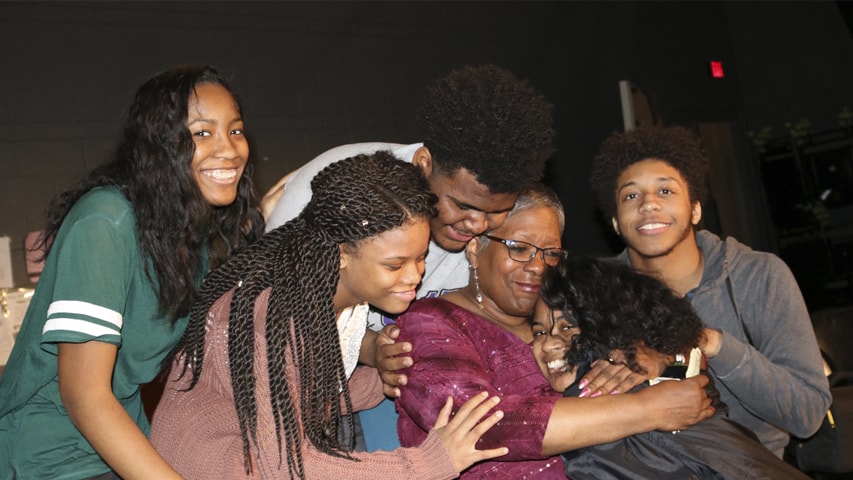
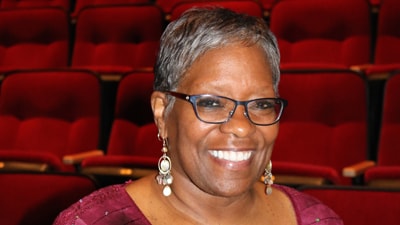 Renee Elise Goldsberry, a Tony Nominee for her role in "Hamilton" and CMU alumna, added a bit of drama to McCormick's day on May 23 by surprising the Cass Technical High School teacher in her Detroit classroom and shared the good news.
Renee Elise Goldsberry, a Tony Nominee for her role in "Hamilton" and CMU alumna, added a bit of drama to McCormick's day on May 23 by surprising the Cass Technical High School teacher in her Detroit classroom and shared the good news.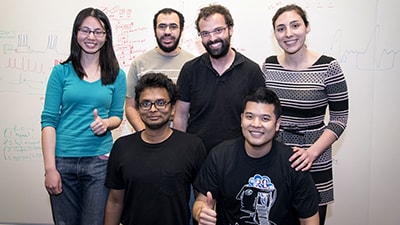
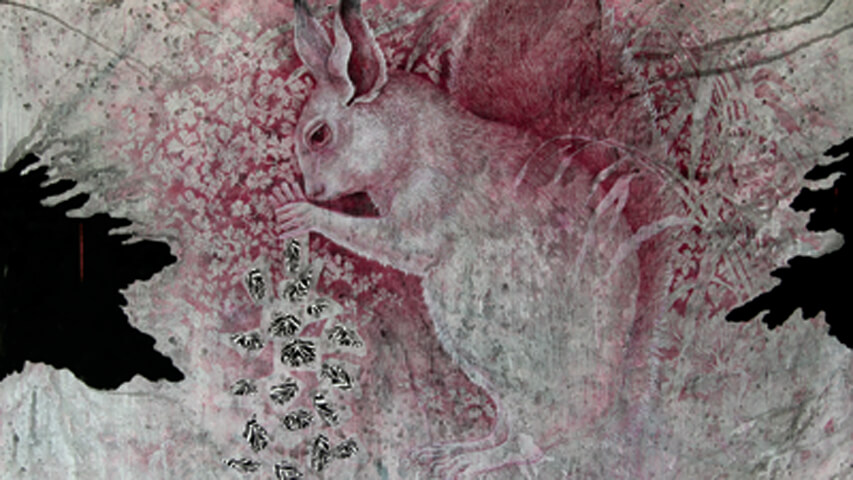

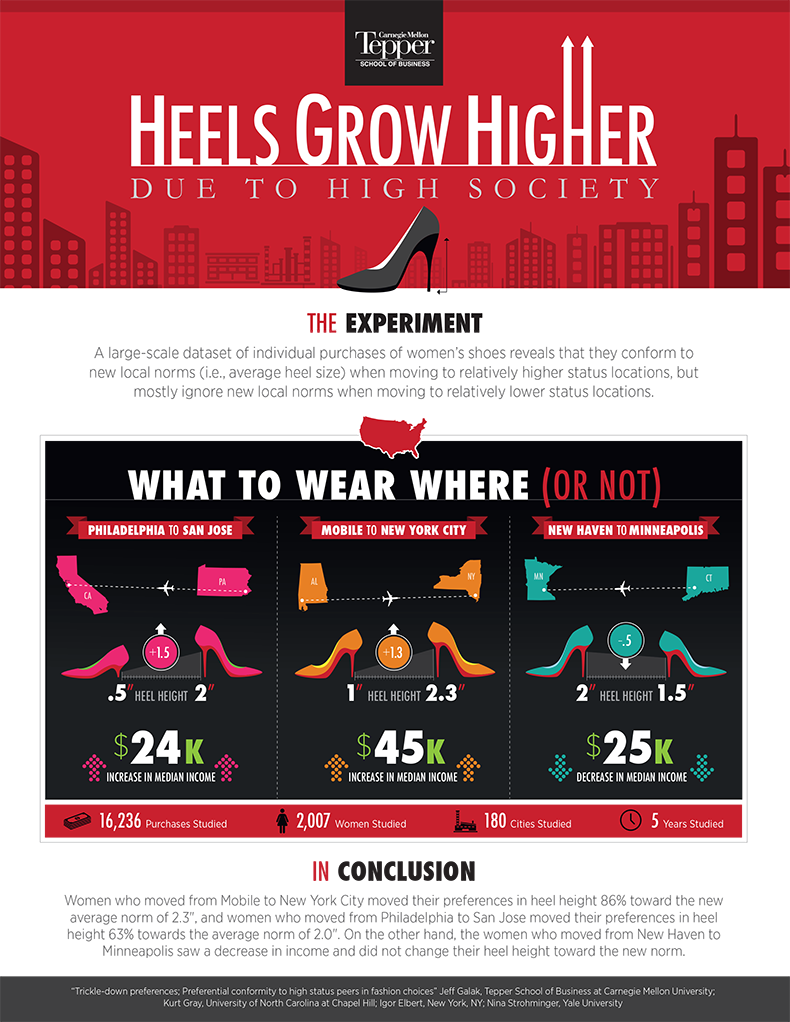
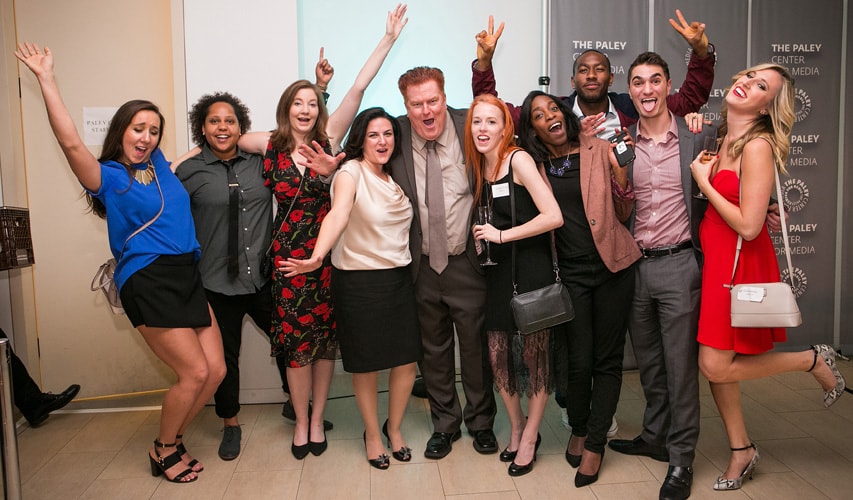

 Bob Ford, the longtime pro at Oakmont whom Schlossman credits for allowing him to learn about the course firsthand, is impressed with Schlossman's knowledge of the game and Oakmont.
Bob Ford, the longtime pro at Oakmont whom Schlossman credits for allowing him to learn about the course firsthand, is impressed with Schlossman's knowledge of the game and Oakmont.